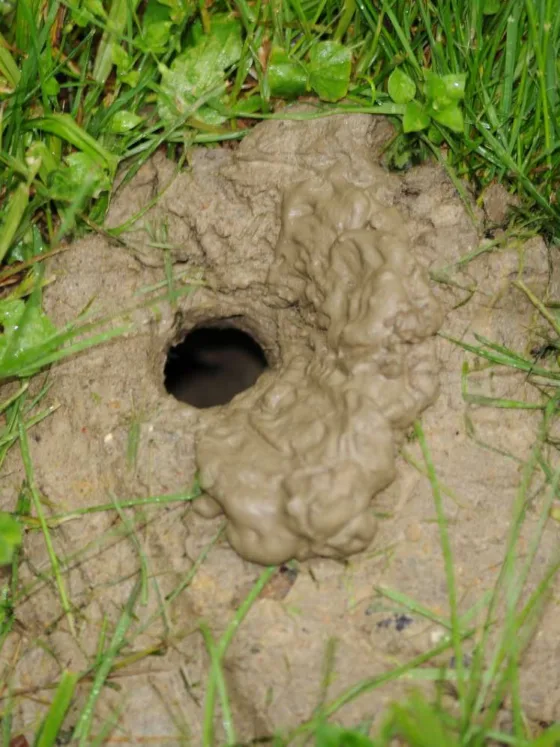Table of Contents Show
Vacuum cleaners are essential household appliances that help us keep our homes clean and dust-free. However, like any other machine, vacuum cleaners can encounter problems over time.
Whether it’s a loss of suction, strange noises, or a broken belt, these issues can be frustrating to deal with. In this blog post, we will discuss some common problems with vacuum cleaners and provide you with simple solutions to fix them.
Loss of Suction
One of the most common problems with vacuum cleaners is a loss of suction. If your vacuum cleaner is not picking up dirt and debris as effectively as it used to, there are a few things you can check:
- Check the bag or canister: If your vacuum cleaner has a bag, it may be full and need to be emptied. If it has a canister, make sure it is not clogged or full.
- Check the filters: A clogged or dirty filter can restrict airflow and cause a loss of suction. Clean or replace the filters as necessary.
- Check for blockages: Check the hose, wand, and brush roll for any obstructions that may be blocking the airflow.
Strange Noises
If your vacuum cleaner is making strange noises, it could indicate a problem. Here are a few possible causes and solutions:
- Check for debris: Small objects or debris may be stuck in the brush roll or other parts of the vacuum cleaner. Remove any obstructions and test the vacuum again.
- Check the belt: A worn-out or broken belt can cause a loud noise. Replace the belt if necessary.
- Check the motor: If the noise is coming from the motor, it may be a sign of a more serious problem. In this case, it is best to take your vacuum cleaner to a repair shop.
Broken Belt
A broken belt is a common problem in vacuum cleaners, especially in models with a brush roll. To replace a broken belt, follow these steps:
- Unplug the vacuum cleaner and turn it upside down.
- Remove the brush roll cover.
- Take out the old belt and replace it with a new one.
- Put the brush roll cover back in place and secure it.
- Test the vacuum cleaner to ensure the new belt is working properly.
No Power or Turns Off Unexpectedly
This could be caused by a faulty power cord, a loose plug, a tripped circuit breaker, or an overheated motor. To fix this problem, you can try the following steps:
- Check the power cord for any damage or wear and replace it if needed.
- Make sure the plug is firmly inserted into the outlet and the outlet is working properly.
- Reset the circuit breaker or replace the fuse if it has blown.
- Let the vacuum cleaner cool down for 30 minutes and then try to turn it on again. If it still does not work, you may need to replace the motor or the thermal protector.
Also Read: The Complete Do It Yourself Furnace Repair Guide for Homeowners
Should You Fix It Yourself or Take It to a Repair Shop?
Whether you should fix your vacuum cleaner yourself or take it to a repair shop depends on several factors, such as the type and severity of the problem, your level of skill and confidence, the availability of spare parts and tools, and the cost and convenience of the repair service.
Here are some points to consider before deciding whether to fix your vacuum cleaner yourself or take it to a repair shop:
Fix It Yourself
Fixing your vacuum cleaner yourself can be a rewarding and satisfying experience, as well as a way to save money and time. However, it can also be challenging, risky, and frustrating if you are not familiar with the device or the problem.
You may need to do some research, watch some tutorials, or consult some manuals before attempting to fix your vacuum cleaner. You may also need to buy some spare parts and tools that are compatible with your model and brand.
You should also be careful and follow the safety precautions when handling electrical or hazardous components. If you are not sure what you are doing, you may end up damaging your vacuum cleaner further or injuring yourself.
Take It to a Repair Shop
Taking your vacuum cleaner to a repair shop can be a convenient and reliable option, as well as a way to ensure quality and warranty. However, it can also be expensive, time-consuming, and inconvenient if you have to travel far or wait long for the service. You may need to compare different repair shops and their prices, reviews, and policies before choosing one.
You may also need to check if your vacuum cleaner is still under warranty or covered by insurance. You should also be aware of the possibility of being overcharged or scammed by dishonest or incompetent repairers.
Ultimately, the decision is up to you and your personal preference. You can weigh the pros and cons of each option and choose the one that suits your situation best. You can also seek advice from other people who have experience with fixing or repairing vacuum cleaners.
Conclusion
Vacuum cleaners are prone to encountering problems, but most of them can be easily fixed. By following the troubleshooting tips mentioned in this blog post, you can save time and money by resolving the issues yourself.
However, if you are unsure or the problem persists, do not hesitate to seek professional help. Remember to regularly maintain your vacuum cleaner to prevent future problems and ensure its optimal performance.
Resources:
- Vacuum Repair – the Ultimate DIY Guide: This article from Home Vacuum Zone provides a comprehensive guide on how to fix common problems with your vacuum cleaner, such as low suction, noisy motor, broken belt, and clogged filter. It also warns you not to attempt your own repairs if your vacuum is still under warranty.
- 8 Ways to Fix a Vacuum Cleaner: This article from wikiHow gives you step-by-step instructions on how to fix various issues with your vacuum cleaner, such as power cord damage, roller malfunction, filter replacement, and hose blockage. It also includes expert tips and advice from professional cleaners.
- Is It Worth Repairing A Vacuum Cleaner? 4 Signs You Need To Buy A New One: This article from Good Home Time helps you decide whether to repair or replace your vacuum cleaner based on four signs: recurrent breakdowns, weak suction, burnt or spoilt motor, and water-related accidents. It also gives you some suggestions on how to choose a new vacuum cleaner that suits your needs and budget.










